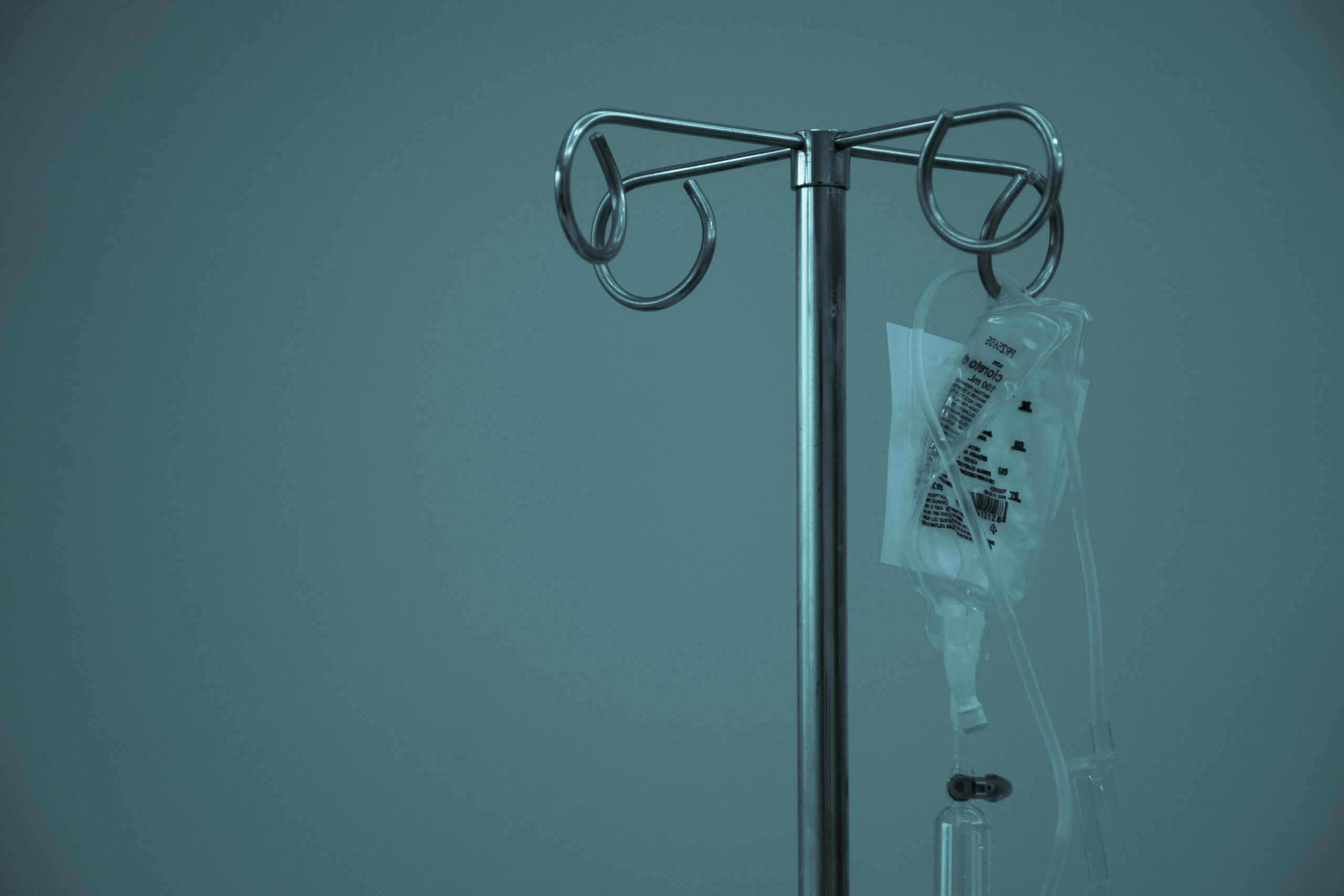Have you ever wondered why prostate issues seem to become more common as men age? Understanding the factors that contribute to a swollen prostate, also known as benign prostatic hyperplasia (BPH), can help demystify this common concern. This condition often sparks questions about which age groups are most affected. By examining the progression of prostate health over the years, you can gain a clearer view of what to expect and how to approach any related issues that may arise.

Understanding the Prostate and Its Function
To better grasp how age affects prostate health, it's useful to start with what the prostate is and what it does. The prostate is a small, walnut-sized gland located just below the bladder in males. Its primary function is to produce a fluid that nourishes and protects sperm. During ejaculation, this fluid is expelled and mixes with sperm, forming semen. Therefore, the prostate plays a crucial role in male fertility.
Location and Importance of the Prostate
The prostate’s location is significant because it surrounds the urethra, the tube through which urine exits the body. Any enlargement of the prostate can potentially affect urinary function. This relationship between the prostate and the urinary system is crucial in understanding how BPH affects daily life.
What is a Swollen Prostate?
A swollen prostate, or benign prostatic hyperplasia (BPH), refers to the enlargement of the prostate gland. It is not cancerous but can lead to uncomfortable urinary symptoms. These symptoms can include frequent urination, difficulties starting urination, weak urine stream, and the inability to completely empty the bladder.
The Difference Between BPH and Prostate Cancer
It’s important to distinguish between BPH and prostate cancer, although both conditions can present similar symptoms. BPH is a benign condition, meaning it's not cancerous, while prostate cancer involves the growth of malignant cells within the prostate. Detection and treatment methods differ substantially between the two, and understanding these differences helps in minimizing unnecessary worry.
The Connection Between Age and Prostate Health
Age is a significant factor influencing prostate health. While changes in the prostate are considered a typical part of aging, it's essential to know that not all men will experience significant symptoms. However, the likelihood of encountering prostate-related issues grows as you age.
Hormonal Changes with Age
One key factor that affects prostate health is the change in hormone levels. As men age, levels of testosterone decrease while other hormone levels, such as dihydrotestosterone (DHT), may increase. DHT promotes prostate cell growth, leading to enlargement in many cases. Understanding these hormonal shifts can provide insight into why age is so closely linked to prostate enlargement.
Common Age Groups Affected by a Swollen Prostate
To understand which age groups are most affected by a swollen prostate, it's important to note that the prevalence of BPH increases significantly with age. Here’s a breakdown of how different age groups are affected.
Men in Their 30s and 40s
Men in their 30s and 40s may start to experience slight prostate enlargement, but symptoms of BPH are generally rare in this age group. At this stage, maintaining a healthy lifestyle, including regular exercise and a balanced diet, can support prostate health and potentially delay the onset of symptoms.
Men in Their 50s
The risk of BPH starts to increase significantly in men in their 50s. It is estimated that about 50% of men in this age group will experience some prostate enlargement, though not all will have noticeable symptoms. At this stage, annual check-ups can be beneficial to monitor prostate health and manage any emerging symptoms early.
Men in Their 60s and 70s
For men in their 60s and 70s, BPH becomes much more common, with studies indicating that up to 70% of men may experience symptoms. Regular screenings are essential for detecting any changes early and addressing them promptly. Managing symptoms through medication, lifestyle changes, or other medical interventions becomes more common in this age range.
Men 80 and Older
By the time men reach their 80s, over 80% may experience symptoms of BPH. At this age, the focus often shifts from preventative measures to management strategies that can improve quality of life. Discussions with healthcare providers about the most appropriate and effective treatment options are vital.

Symptoms and Diagnosis of a Swollen Prostate
Recognizing the symptoms of a swollen prostate is the first step towards seeking appropriate care. Understanding what to expect can guide you in knowing when to consult a healthcare provider.
Common Symptoms
The symptoms of BPH can vary in severity and may include:
- Frequent urination, especially at night
- Difficulty starting urination
- Weak or interrupted urine stream
- Urgency to urinate
- Inability to completely empty the bladder
Recognizing these symptoms early can help ensure timely intervention and management.
How is BPH Diagnosed?
If you notice symptoms that suggest BPH, a healthcare provider may conduct several diagnostic tests. These can include:
- Digital Rectal Exam (DRE): A healthcare provider checks the size and condition of the prostate through a rectal examination.
- Prostate-Specific Antigen (PSA) Test: Elevated levels of PSA in the blood can indicate prostate issues.
- Ultrasound or MRI: Imaging tests to assess the size of the prostate.
Having a clear diagnosis allows you to explore appropriate treatment options with your healthcare provider.
Treatment Options for BPH
Treatment for a swollen prostate varies based on the severity of symptoms, prostate size, and overall health. Your healthcare provider will help tailor the treatment plan to suit your specific needs.
Lifestyle Changes
At early stages or with mild symptoms, lifestyle adjustments can be an effective way to manage BPH. These changes can include:
- Reducing caffeine and alcohol intake
- Practicing double voiding – urinating, then waiting a few moments to try again
- Bladder training exercises to increase the time between urinations
Such changes make a significant difference and can alleviate some discomfort associated with a swollen prostate.
Medications
When symptoms become more pronounced, medications are often the next step. These medications might include:
- Alpha-blockers: Help relax the muscles of the prostate and bladder neck to better urine flow.
- 5-alpha reductase inhibitors: Reduce hormone levels that cause prostate growth.
Medications can provide relief and improve quality of life but should be discussed thoroughly with your healthcare provider to understand potential side effects.
Minimally Invasive Procedures
If lifestyle changes and medications aren’t effective, minimally invasive procedures might be recommended. These procedures often involve using heat or laser treatments to reduce excess prostate tissue and can be less risky than surgery.
Surgery
In severe cases, where other treatments haven’t been successful, surgical options might be explored. These can include:
- Transurethral Resection of the Prostate (TURP): A procedure where excess prostate tissue is removed.
- Open or Robotic Surgery: More invasive techniques for larger prostates or more severe cases.
Decisions about surgery should be made after careful consideration and consultation with your healthcare provider.

Prevention and Maintaining Prostate Health
While age is a major factor in developing BPH, adopting a proactive approach might help maintain prostate health and possibly delay the onset of symptoms.
Healthy Diet and Exercise
A balanced diet rich in fruits, vegetables, and lean proteins, alongside regular exercise, can support overall health, including the prostate. Certain foods, like those rich in antioxidants, may have additional benefits for prostate health.
Regular Check-ups
Especially as you enter your 50s, regular medical check-ups can help detect any changes in the prostate early. Early detection often leads to better management and lessens the potential impact of BPH on daily life.
Managing Stress and Mental Health
Chronic stress and poor mental health can indirectly affect physical health, including prostate health. Implement practices like mindfulness, meditation, or hobbies that help you relax and reduce stress.
Conclusion
Understanding the common age groups affected by a swollen prostate can provide invaluable insight into your health journey. As you age, paying attention to your body's signals and maintaining regular communication with healthcare providers are key to managing prostate health effectively. With the right knowledge and proactive measures, you can navigate these changes confidently and live a fulfilling life.

